Hello everyone! This is Kumakichi!
Today, I visited Jufukuji Temple, located about a 10-minute walk from the west exit of Kamakura Station. The west side of Kamakura Station surprisingly offers attractions like Zeniarai Benten Shrine and Kamakura Mountain. Compared to the east exit, it’s less crowded, making it ideal for a leisurely stroll.
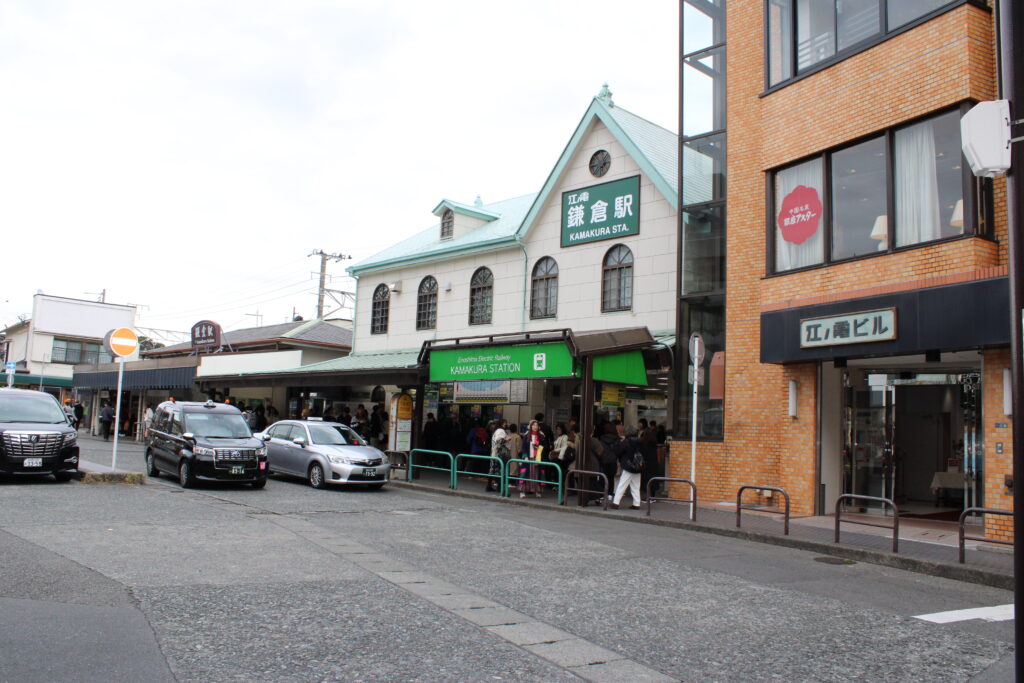
As for Jufukuji Temple, personally, I quite like it, though it might be seen as somewhat understated for tourists. It may not be the first place you visit when coming to Kamakura for the first time. However, it houses the tomb of Hojo Masako, who played an important role in Japanese history, and the temple grounds are beautiful. I find it to be a charming temple.
Now, let me explain more about it.
Jufukuji Temple
Jufukuji Temple belongs to the Rinzai sect of the Kenchoji school and was founded by Hojo Masako in the year 1200. The founding abbot was Eisai. It is also the third-ranked temple among Kamakura’s Five Mountains. Compared to the first-ranked Kenchoji and the second-ranked Engakuji, Jufukuji gives an impression of being smaller in scale. Within its grounds lie the graves of Hojo Masako and Minamoto no Sanetomo.
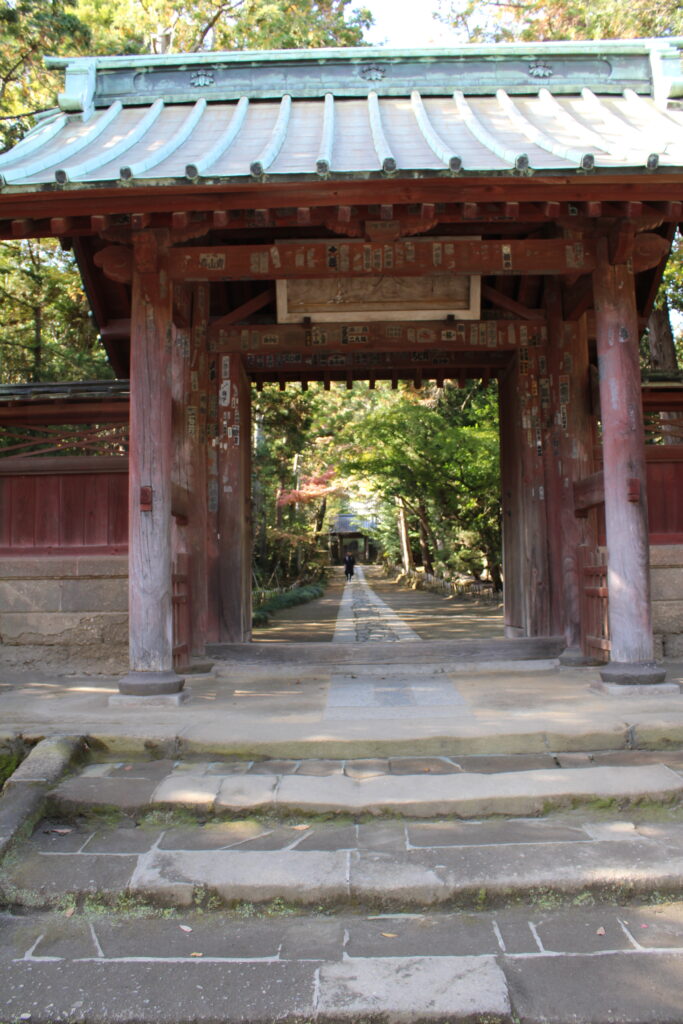
The highlight here is undoubtedly the beauty of the temple grounds! The photo above shows the view from outside the gate. It captures the essence of Japanese beauty. Can you feel it through the photo? Once you step inside, it feels like this. What do you think?
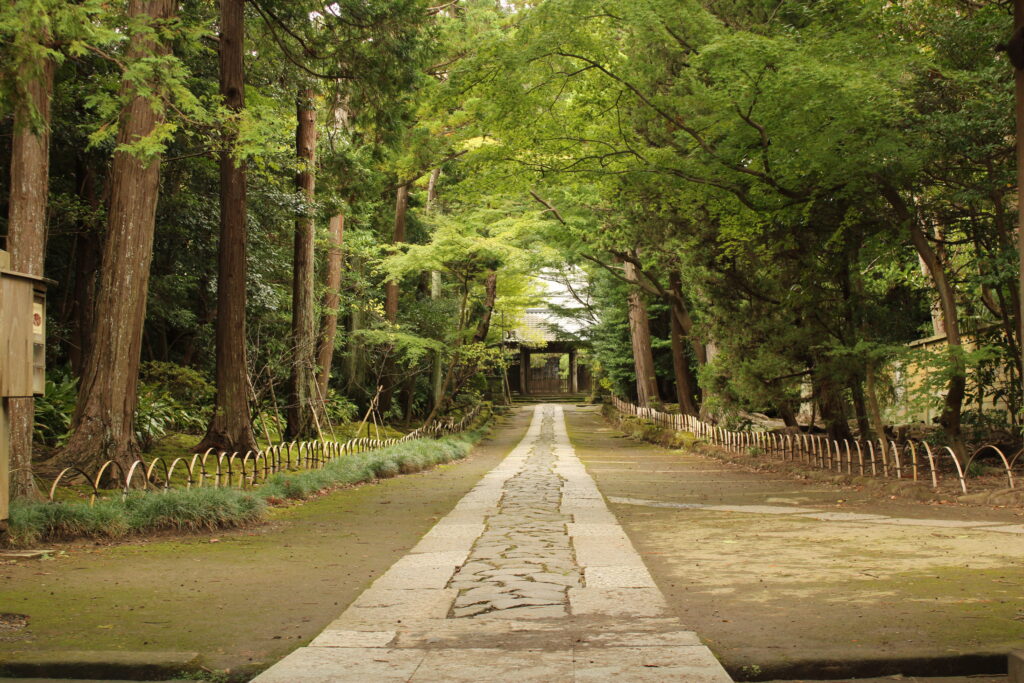
There’s nothing particularly special, but the simple, straight paths are really nice♪ Just walking around the grounds can give you a sense of tranquility.
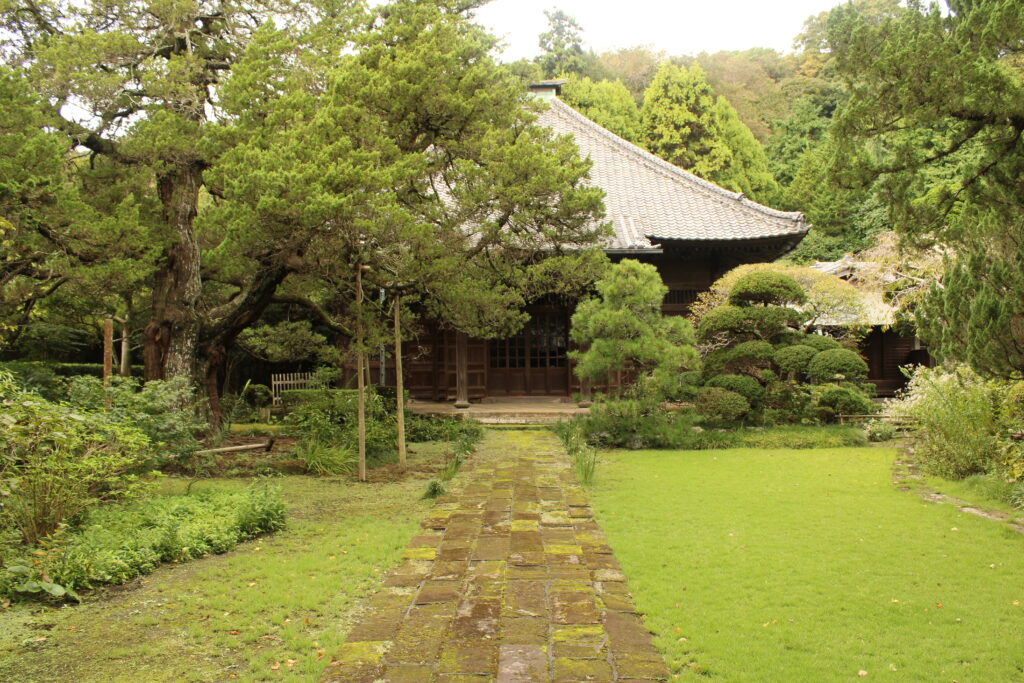
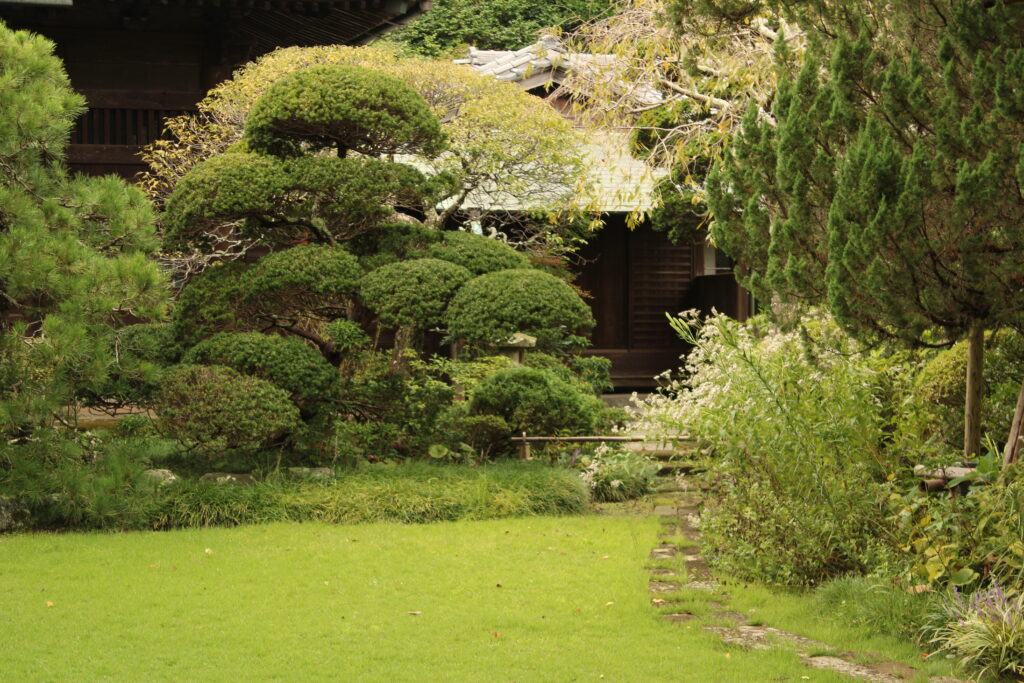
By the way, there is a cave entrance that opens up just south of Jufuku-ji. Since you’re in the area, why not stop by and check it out?

Earlier, I mentioned the founding abbot, Eisai. He established the Rinzai sect within Buddhism. Do you know what distinguishes the Rinzai sect? In short, it emphasizes “koan” practice, where a teacher presents a problem to a student, who must contemplate it deeply to attain enlightenment.

Eisai
Here, let me briefly explain about Eisai since we’re on the topic. Eisai (1141-1215) is the founder of the Rinzai sect of Japanese Zen Buddhism. Rinzai Zen emphasizes meditation practice, particularly seated meditation (zazen), to reveal the true nature of the mind and attain enlightenment.

At ages 28 and 47, Eisai traveled to Song China to study Buddhism. During his second trip, he attempted to journey to India, the birthplace of Buddhism, but was unable to go and instead trained in China. There, he studied under Master Koan-ejyo at Man’nenji Temple on Mount Tiantai, receiving authorization to propagate Rinzai Zen of the Oryo (Huanglong) lineage.
In Japan, he was appointed as the founding abbot of Jufukuji Temple, founded by Hojo Masako, and of Kenninji Temple in Kyoto, established by Minamoto no Yoritoki. The term “founding abbot” might be unfamiliar—it refers to the first head priest of a temple. Buddhist terminology can be quite challenging to grasp due to its specialized nature.

Eisai also played a significant role in the reconstruction of Todaiji Temple. Moreover, he is famous for introducing tea culture from China to Japan.
Eisai was truly a remarkable figure who contributed greatly to the development of Buddhism and Japanese culture!
Conclusion
I think Jufukuji Temple is worth a visit due to its beautiful grounds. Additionally, learning about Eisai’s teachings, as well as the lives of Hojo Masako and Minamoto no Sanetomo, can deepen your appreciation for the place!
While it may seem understated at first glance, Jufukuji ranks high among my favorite temples. I highly recommend everyone to visit and experience it for themselves!

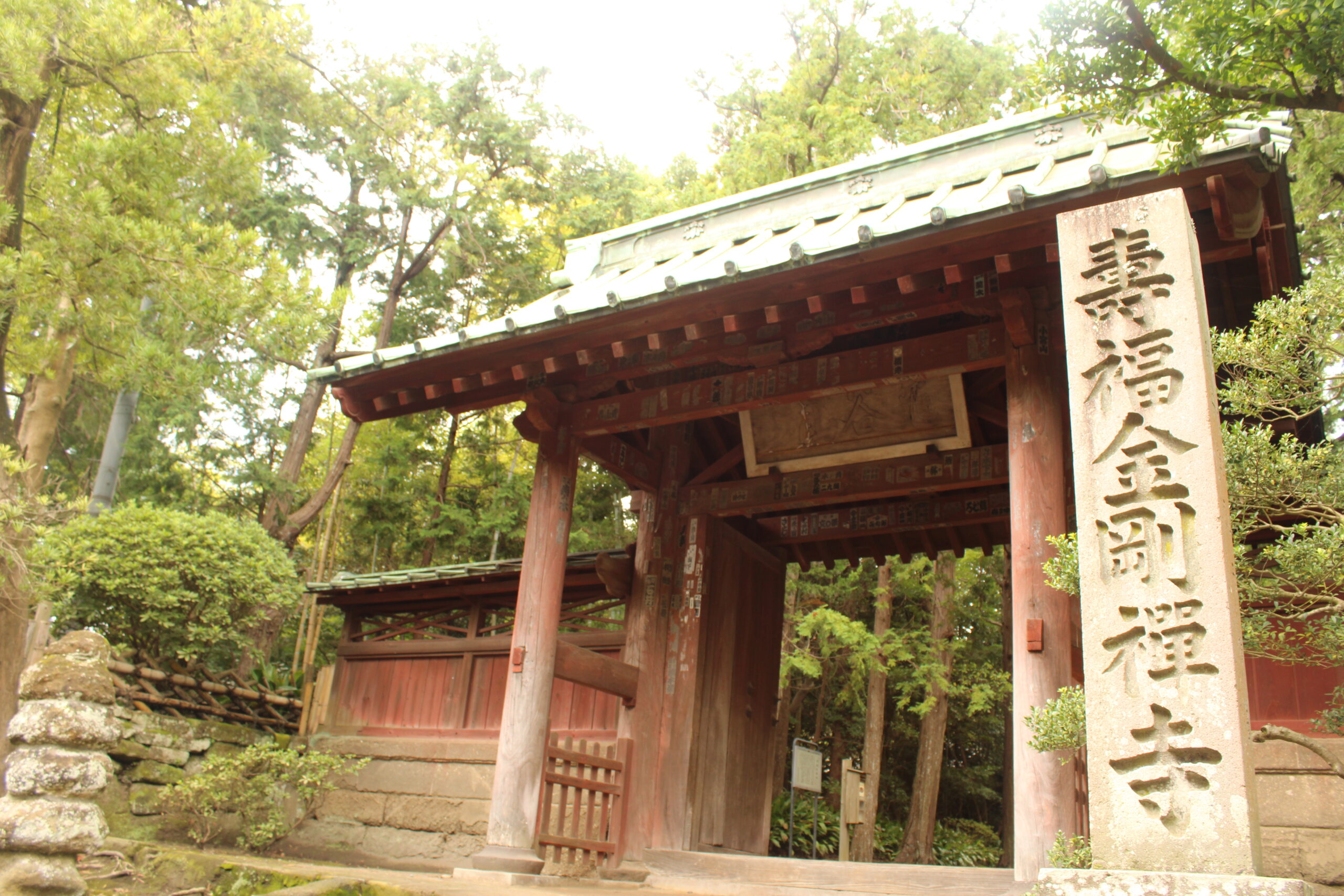


コメント